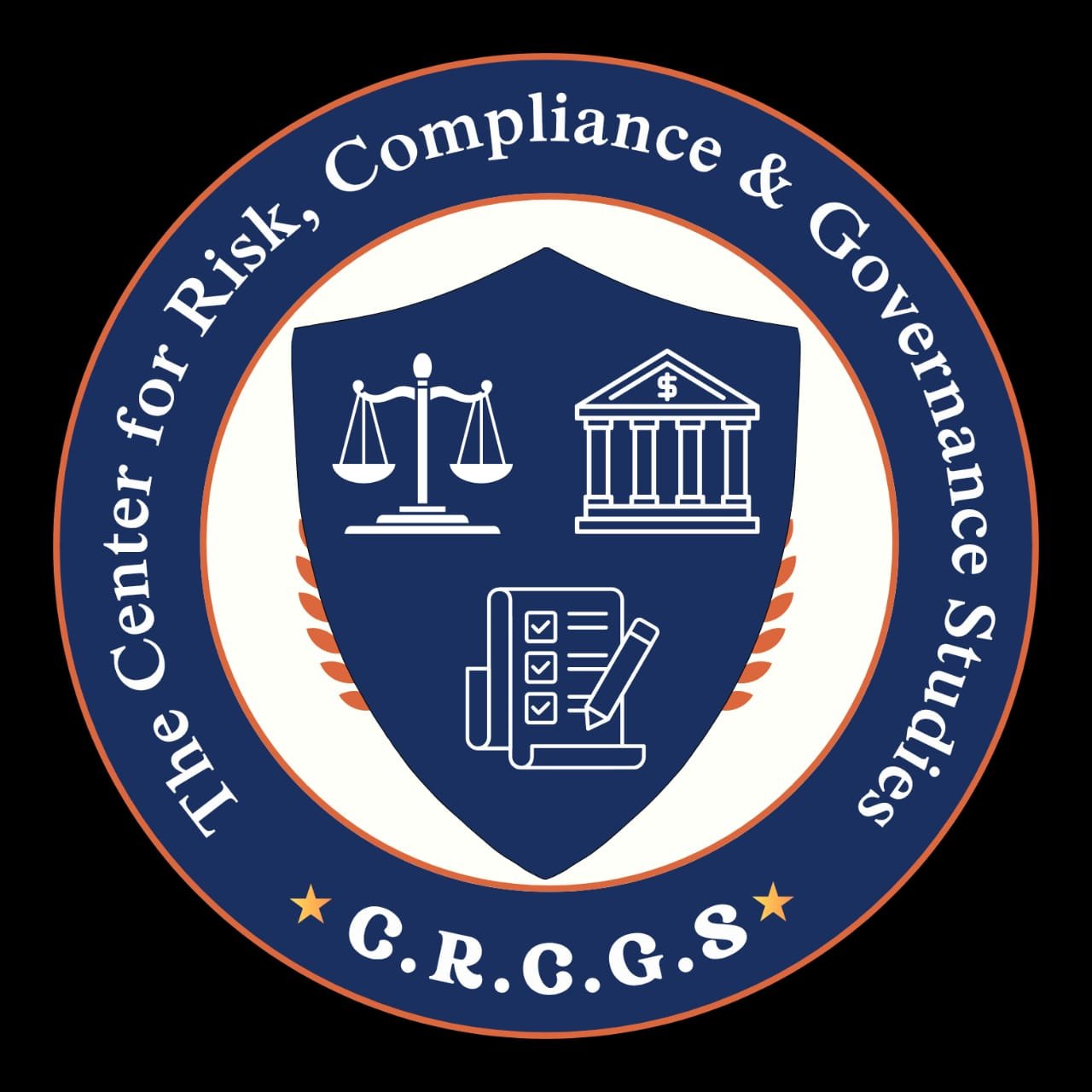Money Laundering's Lifecycle: From Placement to Integration

Money Laundering's Lifecycle: From Placement to Integration
Globally, financial institutions, authorities, and law enforcement agencies have serious concerns about money laundering. It entails hiding the source of funds obtained illegally to make them seem legitimate. To identify suspicious activity and improve compliance frameworks, it is crucial to comprehend the three main phases of money laundering: placement, layering, and integration.
1. Placement: Bringing Illicit Money into the Banking System
Definition:
The first phase of "dirty money" being incorporated into the established financial system is known as placement. Large cash deposits or unusual transactions are more likely to draw attention, making this the riskiest stage for money launderers.
Real-World Example:
A drug trafficker uses cash-intensive enterprises like bars or car washes to mix illicit funds with legal revenue, or they deposit sizable sums of money into numerous bank accounts at various branches.
Warning signs include:
· Unusually large cash deposits that don't fit the customer's profile.
· Organising transactions to stay below reporting thresholds (for example, several deposits that are barely $10,000).
· Using outside parties to make deposits.
2. Layering: Hiding the Funds' Source
Definition:
To separate the money from its illegal source, layering entails intricate financial transactions. Multiple account transfers, shell corporations, offshore jurisdictions, and asset purchases are frequently used to accomplish this.
Real-World Example:
Illicit money is moved between several foreign bank accounts, converted into cryptocurrency, or invested in expensive assets like real estate or artwork in several nations.
Warning signs include:
· Regular foreign wire transfers without a distinct business objective.
· Deals involving shell corporations in high-risk jurisdictions.
· Abrupt shifts in ownership or account activity.
3. Reintroducing Clean Money into the Economy Through Integration
Definition:
Integration is the last phase, during which money that has been laundered is reintroduced into the legal economy and presented as assets or clean income.
Real-World Example:
Money is used to buy expensive goods, invest in companies, or buy real estate, all of which pass as real profits or investments.
Warning signs include:
· Buying expensive assets without a clear funding source.
· The use of intricate corporate structures to support significant financial commitments.
· Hasty asset sales without a sound business plan.
Conclusion: The Importance of Knowing the Money Laundering Lifecycle
To detect and stop illegal financial activity, financial institutions need to put strong Anti-Money Laundering (AML) controls in place. Professionals can identify suspicious behaviour early and adhere to local KYC laws and international regulatory standards like FATF and AMLA by being aware of the placement, layering, and integration stages, as well as real-world red flags.
We can aid in the fight against organised crime, the funding of terrorism, and corruption by encouraging financial accountability and transparency. Technology, training, and ongoing observation are essential components of this team effort.

 CRCGS
CRCGS 





